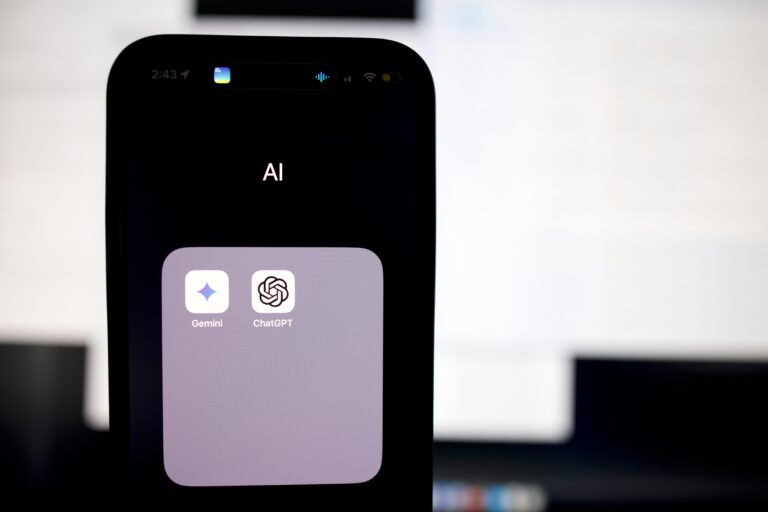Up until recently, no one had systematically studied the role of educators and how exactly they promoted learning. Certainly, experts have been theorizing about the practice of instruction for centuries. The Socratic Method dates back to ancient Greece. The apprenticeship model goes back to medieval Europe. The Han Dynasty in China may have pioneered a high-stakes testing approach to schooling–it offered the first civil service exam.
The Science Of Learning For Teachers
Eventually, the world’s richest man poured some $40 million into the research project, and it was massive: Dozens of researchers, thousands of teachers, almost a hundred thousand students. As part of the project, researchers developed a new type of video camera that would give a “panoramic” view of a classroom during a teacher’s lesson. Every student in the project filled out surveys. Some 500 people were trained just to evaluate the videos of the teachers.
Known as the MET study, the project lasted two years, and some of the findings were notable. Relatively few teachers in the study pushed students to create their own ideas. Student participation in tasks that required meaning making was rare.
But in many ways, the more interesting results were something else, and it turned out that when it came to teaching, there were two main drivers of student outcomes, according to Harvard’s Ron Ferguson who helped study the data. First, there’s what the researchers called “academic press,” or the degree to which a teacher pushed a student academically. This was a matter of the educators encouraging students to work hard, to really engage with the material.
In a way, the conclusions of the MET research wasn’t really that surprising. Well before the Gates study, Nobel Laureate Carl Wieman concluded that people should think of teachers as “cognitive coaches.” For Wieman, the issue was that the word “teacher” often made people think too much of someone who just hands out information. But that approach to learning gets it all wrong, he argued, and it makes it seem as if learning a topic like physics comes naturally to us.
When I reached out to Wieman, he explained that teachers needed to be more like athletic coaches: They should help students “learn a topic by breaking it down into the key elements of thinking required, then have the students practice that thinking,” he told me. At the same time, educators should motivate students to do their best “to carry out this hard work.” In other words, people need emotional support.
There’s a broader lesson here, and young or old, experienced or amateur, learners need some type of support—and some sort of press—and below I map out some ways for parents, teachers, and managers to help people develop an area of expertise with this sort of focused help.
There’s a broader lesson here, and young or old, experienced or amateur, learners need some type of support…”
Set Expectations
Teachers—and parents—should also communicate rigorous norms and goals. Tell people what you expect. Even more important, be sure to model this behavior to others and show effective ways to manage struggle and overcome failures. If you make a mistake, tell yourself—and others: What a great opportunity to learn.
If you make a mistake, tell yourself — and others: What a great opportunity to learn.”
Break It Up
People learn better when learning is delivered in smaller chunks—and over a longer period of time. So encourage people to break up their learning and space it out over time. It’s a lot more effective, for instance, for people to study one large pile of flashcards rather than lots of smaller piles of cards because it helps space out their learning. Same with homework: It’s far more effective to spread it out over time rather than do it all in one evening.
Employers should also take this approach, too, and instead of one-time training programs, employers should also provide more material for employees on an as-needed basis. So rather than train new employees on their first day on how to do things like fill out expense reports, put an instructional video on a website for them to reference when they need it. Similarly, employers should try and account for forgetting and help employees revisit key material periodically.
Promote Focus
Less is often more when it comes to the presentation of ideas.”
Support Mistakes
Teachers, parents, and managers can encourage failure by praising failure. My favorite example is the company SurePayroll, which offers an award for errors. SurePayroll’s president, Michael Alter, started the practice, offering the “Best New Mistake” award, giving a few hundred dollars to the winner each year.
To support mistakes, people should not give answers to students too quickly. Let students struggle.”
Use Analogies
Analogies can also promote creativity. The phrase Uber but for … is a great example, and people have used the car sharing company to come up with various new startups. The company Blue Apron has presented itself as the Uber for high-end cooking. The dry-cleaning company DRYV has been described as Uber but for dry cleaning.
Promote Review
When it comes to learning, we often think that we know more than we do…”
Practice What You Preach: Pop Quiz
|
|
|
A Guide to High Quality Polls and Surveys
How dual coding helps learning
Interview with Science of learning expert Glenn Whitman






